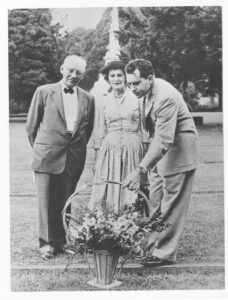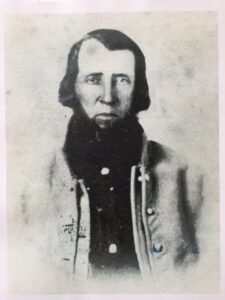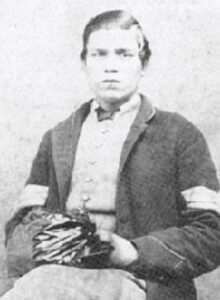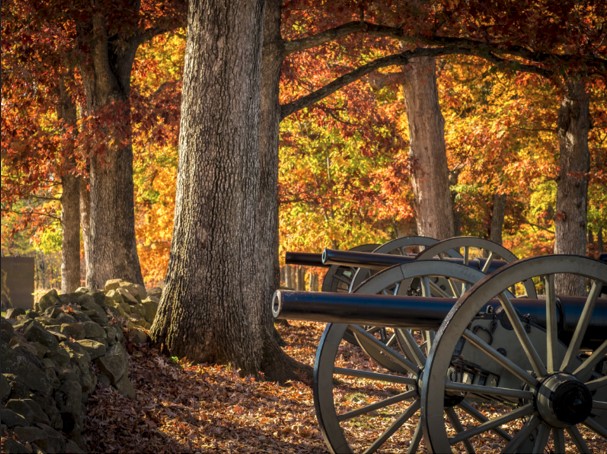
Autumn in Gettysburg: Fall 2023 Essential Guide
August 29, 2023Every year when autumn arrives, Gettysburg Pennsylvania is transformed by the cooling weather and emerging autumnal splendor of the Fall season, the shortening days casting a golden glow over the famous town’s historical scenery to mark the waning year. When the harvest season arrives, both longtime residents and newly-welcomed visitors experience true joy exploring the streets and pathways of the famous town, uncovering the many hidden treasures arrayed amongst the memorials of the Civil War, including various local museums, quaint cafés, and amiable shops.
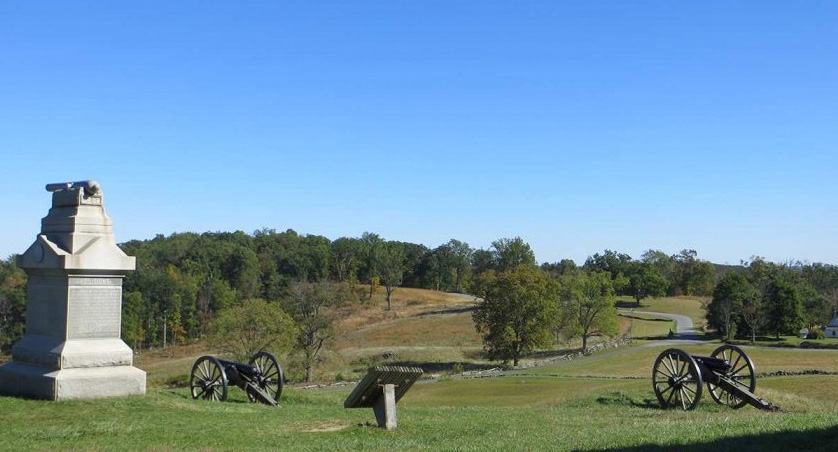
Battlefield Highlights: Culp’s Hill – The Long Fight
July 21, 2023One of the most important geographical features that played a prominent role in the Battle of Gettysburg is Culp’s Hill, located on the eastern side of the battlefield. The hill offered a high-ground advantage, providing Union troops an excellent vantage point to observe and defend against Confederate movements, while its elevation and rocky terrain made it an ideal defensive position.
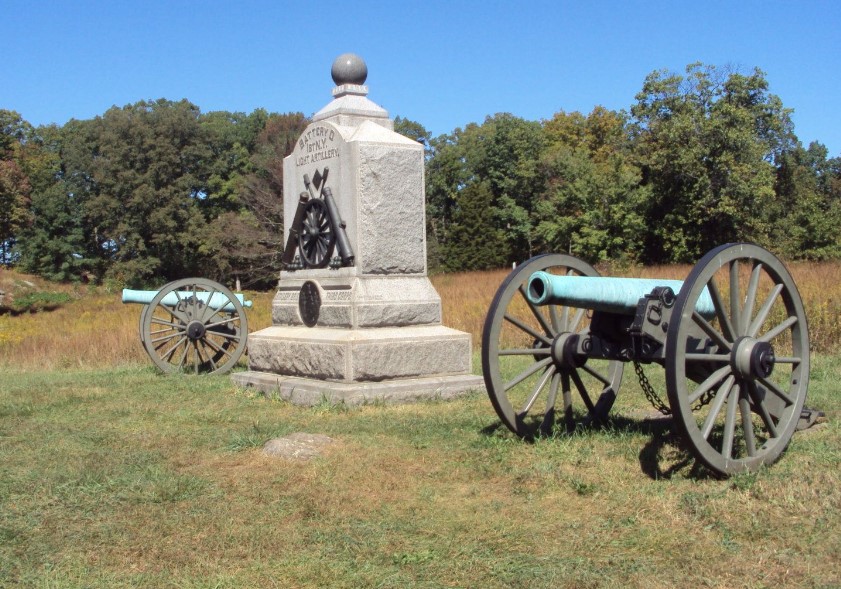
Battlefield Highlights: The Wheatfield
June 29, 2023The second day of the Battle of Gettysburg was the bloodiest day of the battle. Throughout that day, fighting at numerous locations around the battlefield involved 100,000 combatants, 20,000 of whom would end the day either killed, wounded, captured, or missing, making July 2nd, 1863, a truly dire day in the history of our nation. And centered amidst the near-constant ebb and flow of the ongoing carnage was a small patch of land… 19 acres of wheat owned by local farmer George Rose, that history would come to know as “The Wheatfield.”
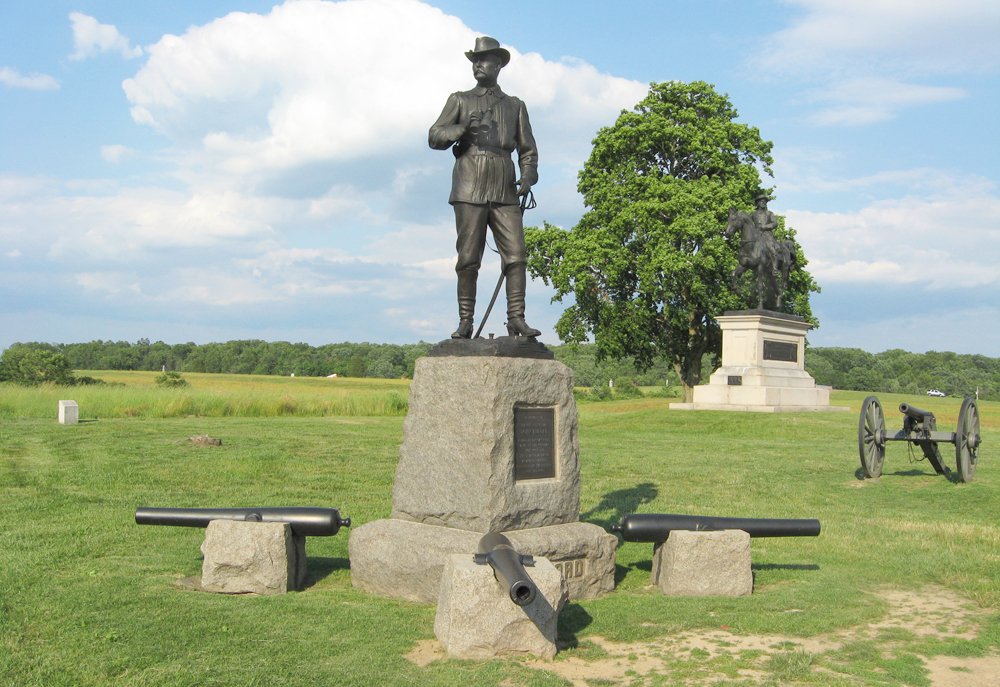
Battlefield Highlights: Where the Battle Began – Buford Holds The High Ground
May 30, 2023Have you ever wondered about the pivotal moments that shaped the outcome of the American Civil War? One such moment occurred on the first day of the Battle of Gettysburg.
General John Buford’s actions on that first day at Gettysburg were crucial in determining the final outcome of the battle. By holding the line against Confederate forces, he helped buy time for the Union army to reinforce its position, an action that ultimately determined the course of the entire conflict.
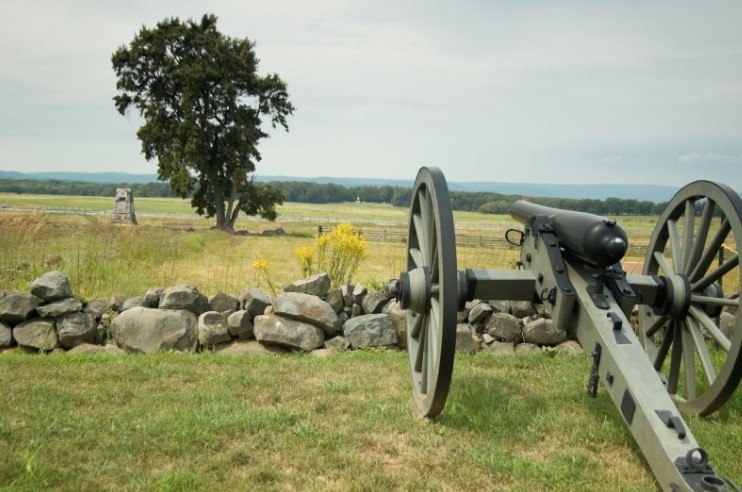
Revisiting Pickett’s Charge: Marching into the Fire
March 30, 2023The Battle of Gettysburg is often identified as the definitive turning point in the American Civil War. Fought from July 1st to July 3rd, 1863, in and around the Pennsylvania town from whence it takes its name, the famous battle resulted in the loss of over 50,000 soldiers on both sides, making it one of the bloodiest engagements in American history.
One of the most famous and controversial moments of the battle was “Pickett’s Charge,” a failed Confederate direct assault against the Union battlefront that has since become a symbol of gallant bravery and terrible sacrifice. Even today, 160 years later, the grim details of that terrible feat still echo across the empty fields where that final, brutal charge took place, and where so many desperate Confederate soldiers faultlessly obeyed their orders to march into the fire.
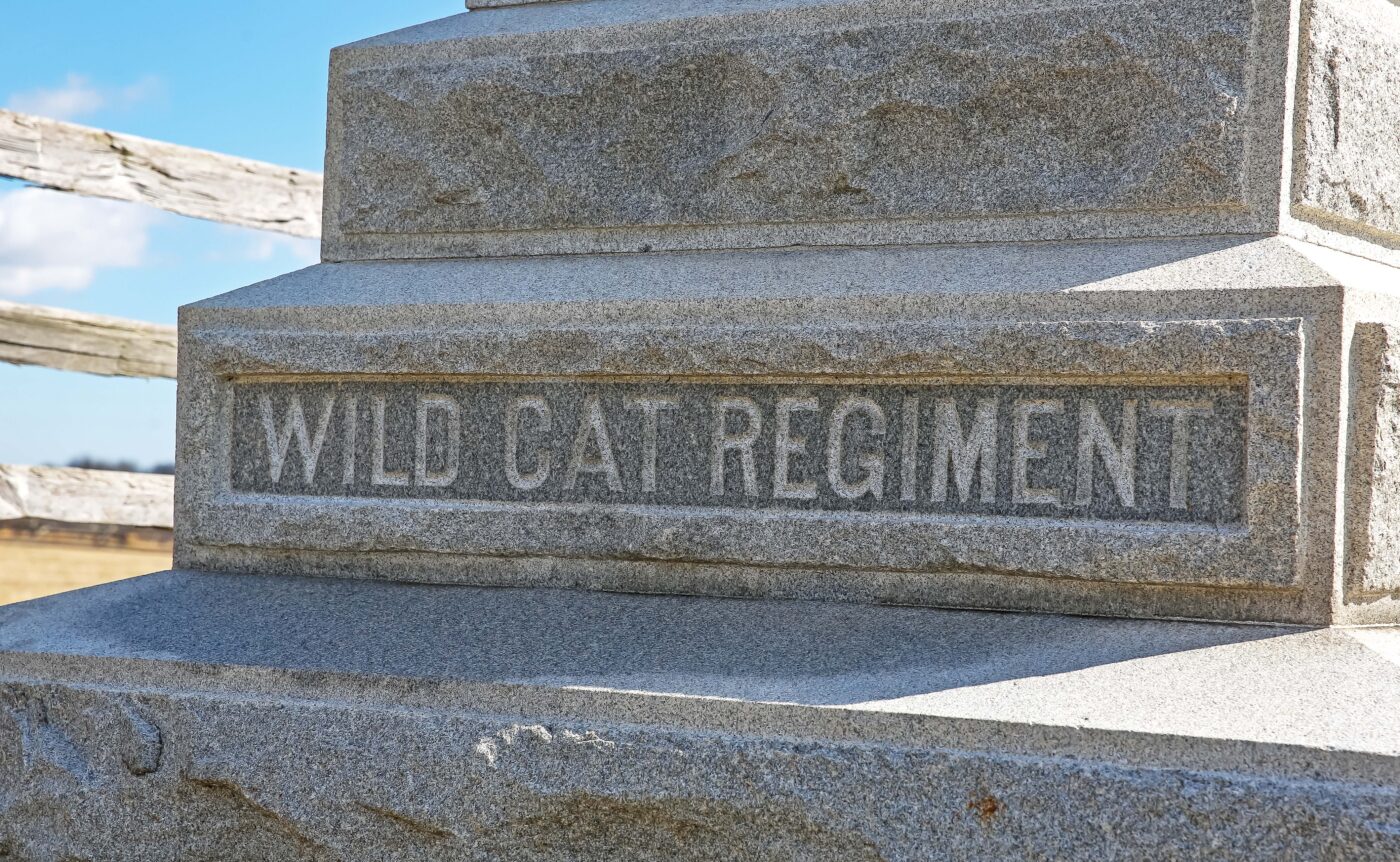
Pennsylvanian Wild Cats at Gettysburg
March 15, 2023During the Civil War, many different brigades and regiments had unique names. Some of the more famous ones we often hear about in association with Gettysburg are The Iron Brigade and the Louisiana Tigers. But one particular regiment that fought at Gettysburg was given a nickname that not only sounds cool but which also has an interesting origin behind it.
Buyers of Time: A Unique Family Connection That Changed American History
February 14, 2023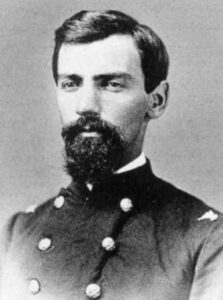
When studying the history of America it’s not unusual to discover individuals who have unique historical connections. This is often the case among the many individuals who fought in the Civil War, many of whom hail from legendary American bloodlines and carry with them a rich family history.
One such individual who fought here at Gettysburg was Lt. Col. Rufus Dawes of the 6th Wisconsin. Dawes’s infantry regiment was part of the famed Iron Brigade which consisted of the 2nd, 6th, and 7th Wisconsin, the 19th Indiana, and the 24th Michigan. The brigade was part of the 1st corps Army of the Potomac under the command of Major General John Reynolds. Dawes and his 6th Wisconsin would charge the unfinished railroad on the morning of July 1st, 1863. At that time, the railroad was just a rough cut in the earth (much like a trench) and sat west of Gettysburg, running parallel to modern-day route 30 (then called “the Chambersburg Pike”).

Ken Burns and Gettysburg: History Through the Lens of Time
February 6, 2023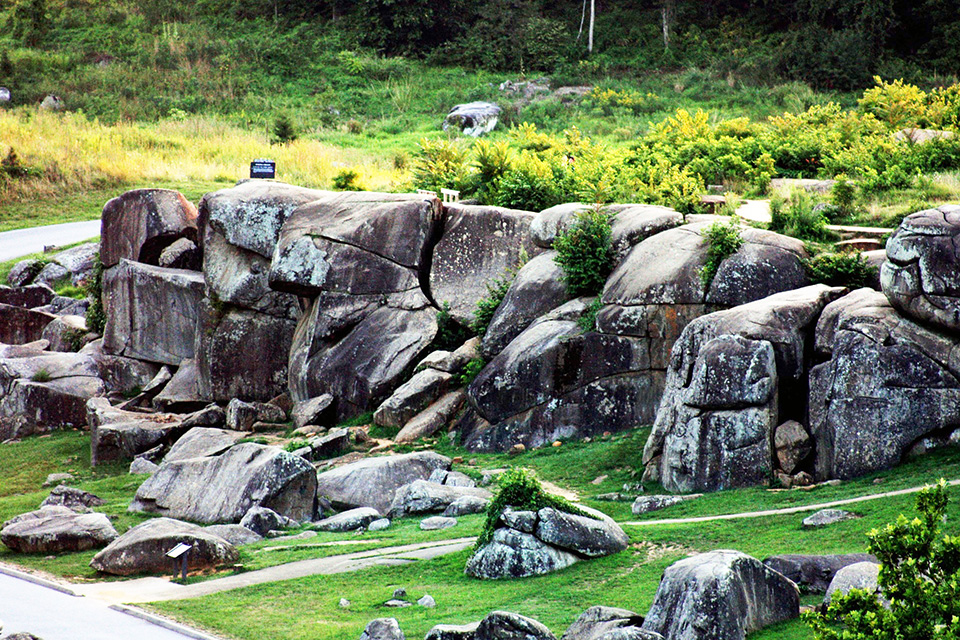
The Devil’s Den: Exploring the Key to Little Round Top
January 28, 2023One of the most famous battlefield locations at Gettysburg is Devil’s Den, a boulder-strewn hill rock formation located on the southmost end of Houck’s Ridge, about 500 yards west of the hill known as Little Round Top. Used extensively as a firing position by artillery and sharpshooters on the second day of the Battle of Gettysburg, it was the scene of some of the bloodiest fighting of the war and is an important stop on battlefield tours of the area.
President Nixon’s Intriguing Connection To Gettysburg
January 23, 2023
If you ever find yourself walking through The Soldiers National Cemetery here in Gettysburg and visit the Ohio section row C, grave number #4 you will find a marker that bears a last name that will be very familiar to most people. That name is “Nixon”— specifically George Nixon, who it just so happens was the Great Grandfather of Richard Nixon, the 37th President of the United States.
